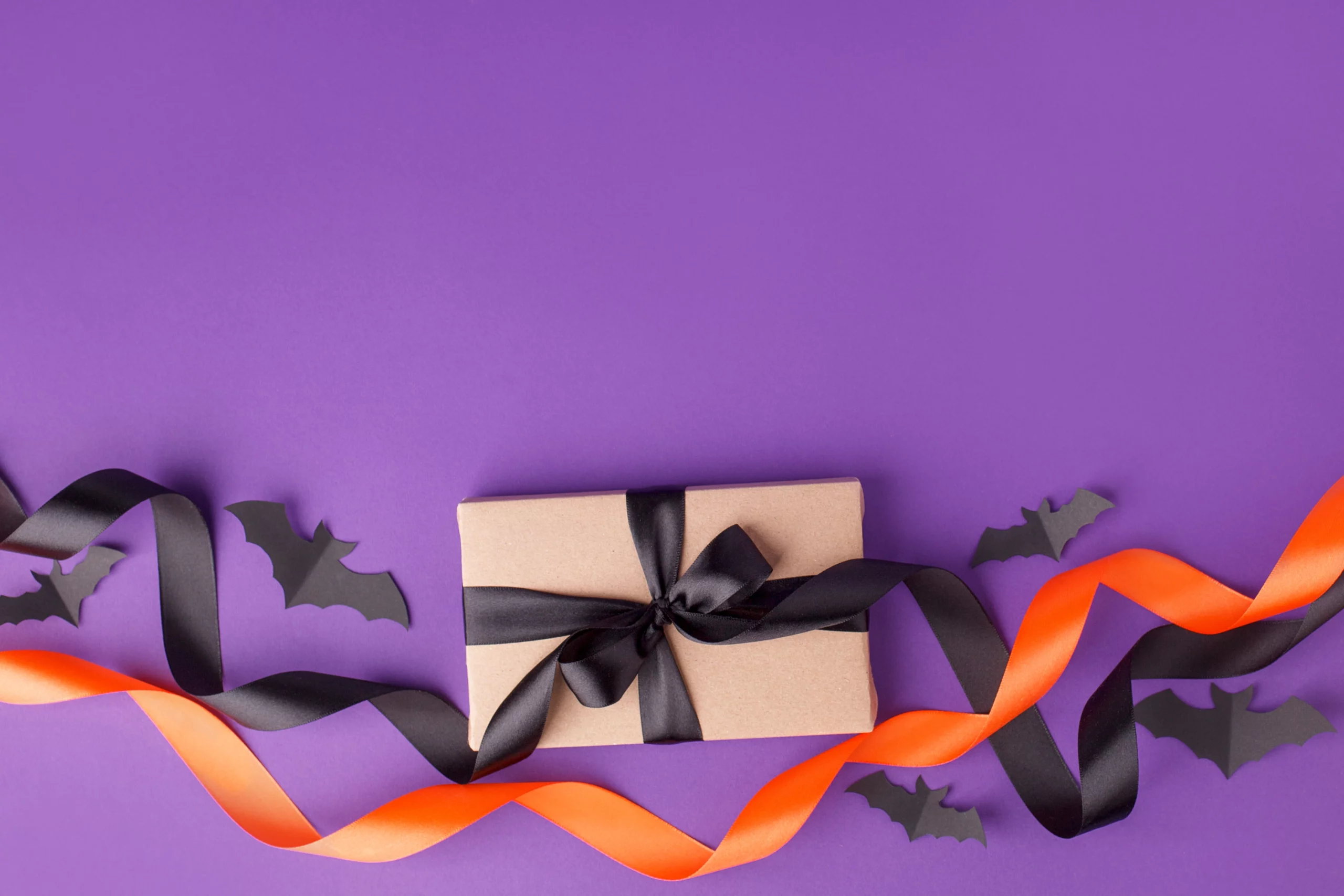6 Sustainable Halloween Packaging Ideas for Your Business
The beginning of October marks the start of businesses rolling out their Halloween-themed products. The holiday brings about festive decorations, creative costumes, and seasonal treats. However, alongside the frightening ghouls and monsters seen every year’ are the horrifying amount of waste Halloween produces.
Since a major part of Halloween is stocking up and giving out candy, there is always a dramatic increase in plastic waste during this period. A study by the National Retail Federation reports that Americans spent about $2.6 billion on candy for Halloween 2019. Most likely, most of these candy wrappers are 100% plastic and non-recyclable.
To prevent your business from contributing to this year’s Halloween waste, your brand can use eco-friendly packaging materials to replace plastic packaging. Here are some sustainable Halloween packaging ideas you can apply to your products:
- Cardboard Halloween boxes

Instead of plastic packaging, you can switch to packing your products in cardboard boxes. Cardboard is one of the most recyclable materials available. It is organic and sustainable, given that this wood-based product is procured from sustainably managed forests. You can check if the cardboard is from responsible sources if it is certified by organizations such as the Forest Stewardship Council (FSC).
One way you can utilize cardboard boxes for Halloween is by packing the candies straight into them. If using wrappers is unavoidable, you can place the wrapped candies in a cardboard box to help reduce plastic waste.
- Paper-wrapped candies

Similar to cardboard, paper is also made from wood, which means that it is recyclable and eco-friendly. Depending on the use of the material, the industry can recycle paper packaging between five to seven times.
A report by a UK non-profit organization revealed that paper packaging is the top packaging choice for customers looking for eco-friendly packaging materials. Most consumers select paper packaging because it is better for the environment, easy to recycle, and home compostable.
Instead of plastic wrapping, you can incorporate paper into your product packaging when concealing Halloween treats such as candies and toffees.
- Biodegradable and compostable packaging

Compostable packaging is made of renewable plant-based materials such as wood pulp, palm leaf, corn starch (Polylactic Acid), and algae-based Agar.
Unlike single-use plastics made out of fossil fuel-based chemicals, single-use plant-based plastic alternatives can break down in compost. Depending on the material and the quality, compostable plastics take three to six months to decompose, which is far quicker than the hundreds of years traditional plastics take.
Biodegradable plastics are very flexible in terms of retail packaging options. You can use these materials for bottles, candy wrappers, and goodie bags.
- Edible packaging
Edible packaging is similar to plant-based packaging, as they are both made from biological sources. The difference between them is that edible packaging is safe to consume. Specifically, edible packaging is made from polysaccharides (e.g., starch and gum) and proteins (e.g., gluten and gelatin).
Edible packaging is best for brands that sell food or beverages. With this type of product packaging design, minimal waste is produced as the customers also consume the wrapping. For Halloween packaging, you can use edible pouches and edible candy wrappers.
- Aluminum-canned drinks

Some households give away canned drinks to trick-or-treaters instead of candy. Aluminum cans are another type of sustainable packaging. While aluminum is not biodegradable, it is considered recyclable packaging.
Some manufacturers call aluminum an “infinitely recyclable” product as it can be recycled multiple times without sacrificing quality. According to the Aluminum Association, aluminum cans usually contain three times the recycled materials than PET containers.
In the US, nearly 75% of manufactured aluminum is still in circulation. Aluminum is also repurposed very quickly as it only takes 60 days to be reused.
- Organic fabrics

Organic fabrics are an eco-friendly alternative to single-use plastic bags. Rather than using plastic for goodie bags, you can use fabric bags. There are numerous types of organic fabrics, such as recycled cotton, hemp, bamboo, linen, and jute.
All of these organic materials can biodegrade faster than plastic bags. For instance, cotton can biodegrade as soon as a week to five months. Bamboo fabrics can take a year to decompose, and linen can break down in just two weeks.
Switch to Sustainable Packaging Alternatives
The plastic waste the Halloween season leaves is concerning. Traditional plastics stay on the planet for at least a hundred years before they can start decomposing. Because of plastic’s threat to the environment, companies must make more sustainable decisions regarding packaging.
Many sustainable packaging alternatives are emerging in today’s industry. Businesses should take advantage of these eco-friendly options to help decrease their carbon footprint, not only this Halloween but all year round.
Let Meyers help you reduce your environmental impact by bringing your sustainable packaging vision to life with our professional printing solutions. Talk to experts from Meyers to learn more.

